“The Tesla Model Y has always been a focal point in the electric vehicle market, especially as the brand’s best-selling model. Today, we’re diving into the refreshed 2025 Model Y Rear-Wheel Drive Launch Edition, priced at $36,900 (converted from 263,500 RMB). Let’s explore its design, features, and improvements to see how it stacks up!”
1. Exterior Design: Modern Yet Controversial
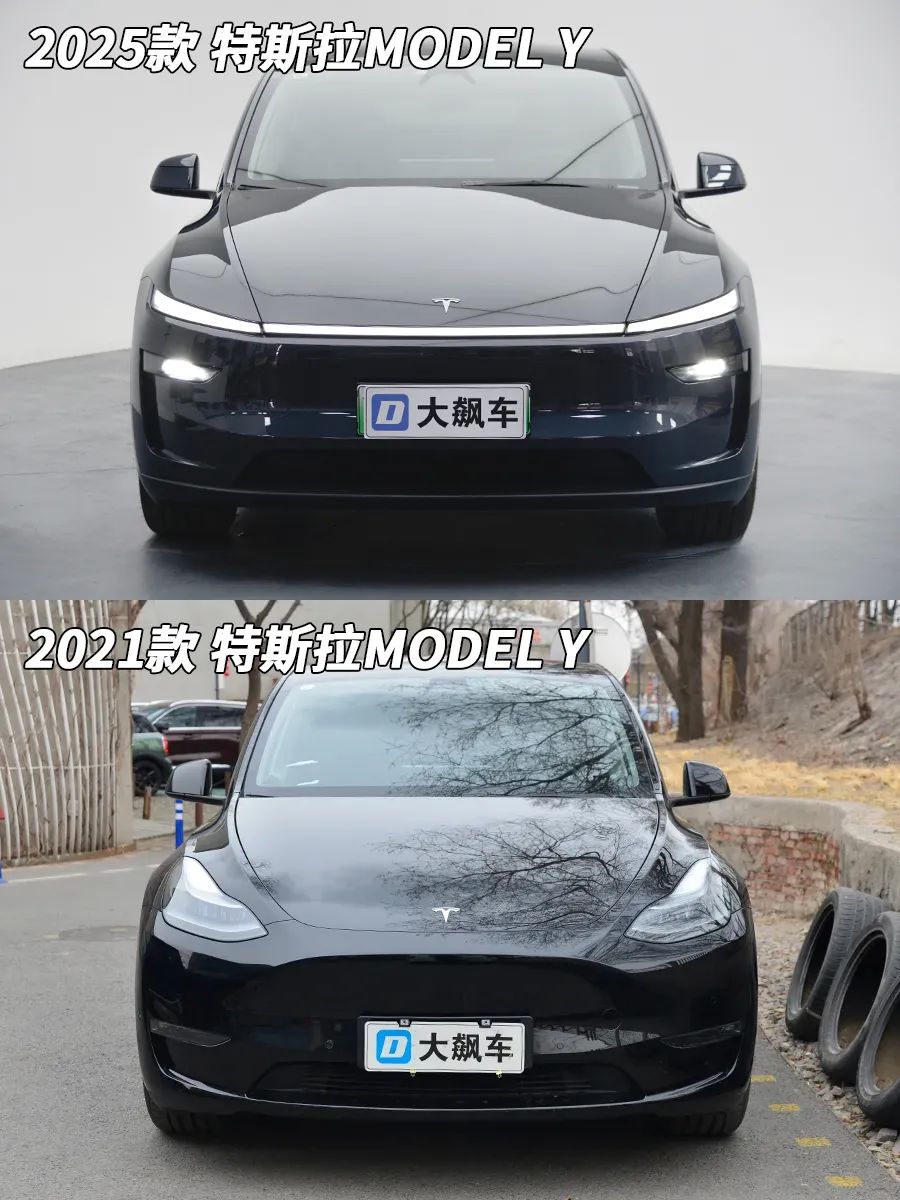
The refreshed Model Y’s most noticeable changes are at the front and rear.
New Front Light Bar
The updated Model Y adopts a three-segment LED light bar across the front, similar to designs seen in many Chinese EV brands. While Tesla claims inspiration from the Cybertruck, some critics argue it feels derivative. A clever DIY hack involves covering the middle section with black tape—surprisingly, this makeshift look gains fan approval!
Functional Upgrades
The front trunk (“frunk”) now includes a drain plug, allowing easy water drainage for cleaning. A front-facing camera with a self-cleaning nozzle improves visibility and safety. Traditional wiper system remains, but the headlights are now split-design LEDs with auto high beams and adaptive lighting.
Dimensions
At 4,797 x 1,920 x 1,624 mm (unchanged from previous models) and a 2,890 mm wheelbase, the Model Y retains its sleek SUV profile. The manual pop-out door handles and rear charging port location remain unchanged.
Rear Design
The rear features a diffused LED light strip—a first for exterior automotive lighting. This design, typically used for interior ambient lighting, creates a softer glow. The Launch Edition adds an exclusive badge below the Tesla logo.
2. Interior: Minimalist with Mixed Improvements
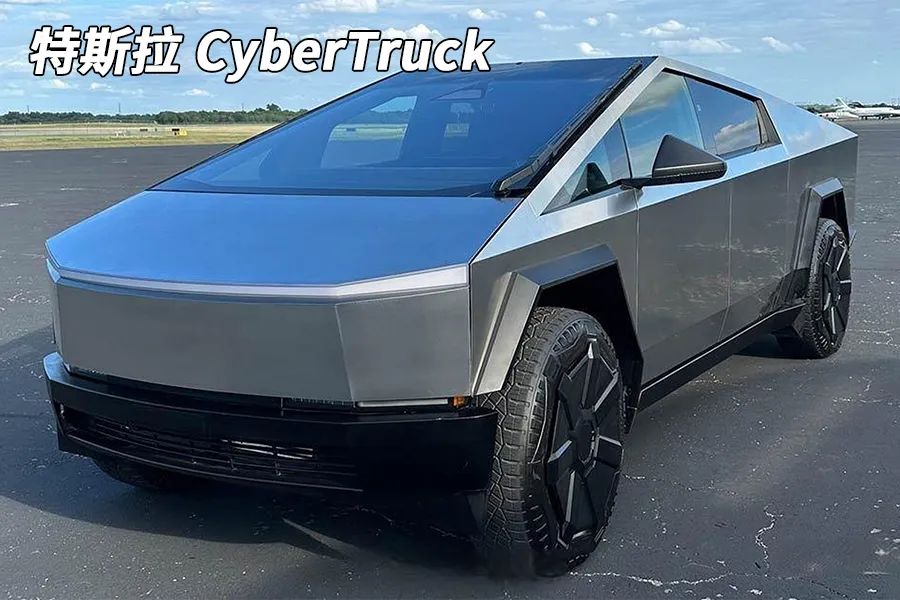
Tesla’s signature simplicity continues, but with notable tweaks.
Dashboard & Controls
The wood trim is replaced with suede-like fabric panels for a modern feel. The steering wheel retains scroll wheels but adds new buttons: Left side for high-beam and wiper controls. Right side for camera and voice command shortcuts. Traditional turn signal stalks return after backlash against touch-sensitive buttons in earlier models. A single tap activates signals, which turn off automatically using camera-based lane detection.
Screen-Centric Gear Shifting
Gear selection now relies on swiping the 15.4-inch touchscreen (up for Drive, down for Reverse). Physical backup buttons near the ceiling lights address screen failure concerns. The screen’s 1080p resolution (145 PPI) falls short of rivals’ 2K/4K displays but runs on a powerful AMD Ryzen chipset, enabling smooth performance for Tesla’s camera-only Autopilot (HW 4.0).
Storage & Convenience
Two 15W wireless chargers under the screen lack fast charging. A hidden in-cabin camera above the rearview mirror raises privacy questions—it stays warm, suggesting background activity despite Tesla’s claims of non-operation.
3. Seating & Space: Practical but Flawed
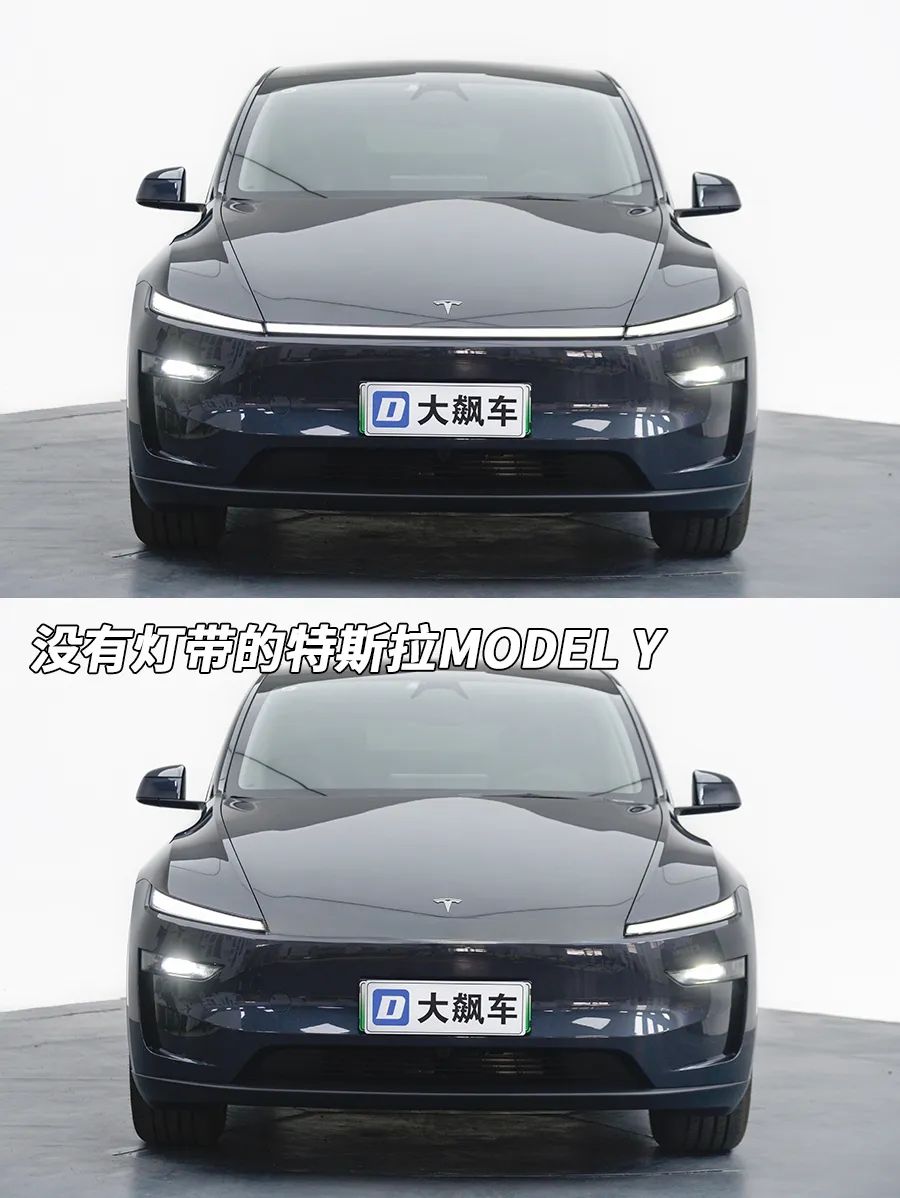
The Model Y prioritizes functionality, but some choices spark debate.
Front Seats
Heated and ventilated seats come standard, though the thin, firm cushions and elevated seating position mirror older models. A redesigned seat base prevents objects from rolling to the driver’s footwell—a safety fix addressing past concerns.
Rear Seats
The 8-inch rear touchscreen controls climate and seat heating but suffers from tiny text and poor ergonomics, forcing passengers to crane their necks. Heated seats are now standard, and the 4/2/4 split-folding backrests offer flexible cargo configurations.
Cargo Area
The spacious trunk includes underfloor compartments and electric folding seats (new for 2025). Upgraded felt-lined trim on the tailgate and bumper adds luxury but attracts dirt and wears quickly.
4. Key Upgrades vs. Controversies
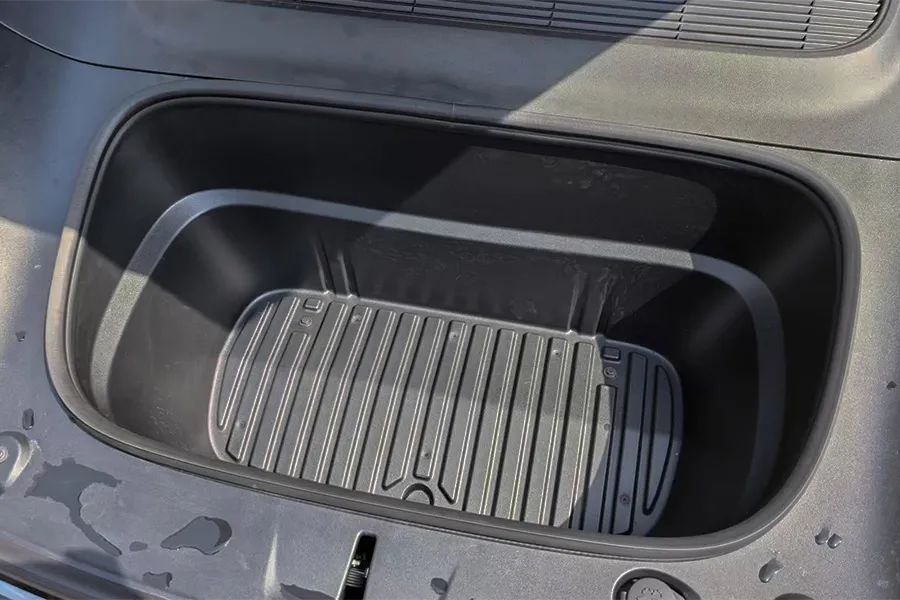
Improvements Worth Noting
Enhanced Autopilot Hardware: The AMD-powered HW 4.0 system relies solely on cameras, ditching ultrasonic and radar sensors. This bold move aims to future-proof self-driving capabilities.
Thermal Management: The panoramic glass roof now has heat-reflective coating to reduce cabin temperatures.
Safety Tweaks: Blind-spot indicators embedded in A-pillar speakers (though dim and easily overlooked). Emergency door release levers for all doors.
Questionable Choices
Screen-Based Shifting: While innovative, the lack of physical gear selectors challenges muscle memory. The backup ceiling buttons feel like an afterthought.
Material Durability: Plush felt accents in the trunk and door sills elevate aesthetics but prove high-maintenance, showing stains and wear quickly.
Rear Screen Usability: The poorly optimized rear display highlights Tesla’s software oversight, with cramped menus frustrating users.
5. Final Thoughts: Evolution, Not Revolution
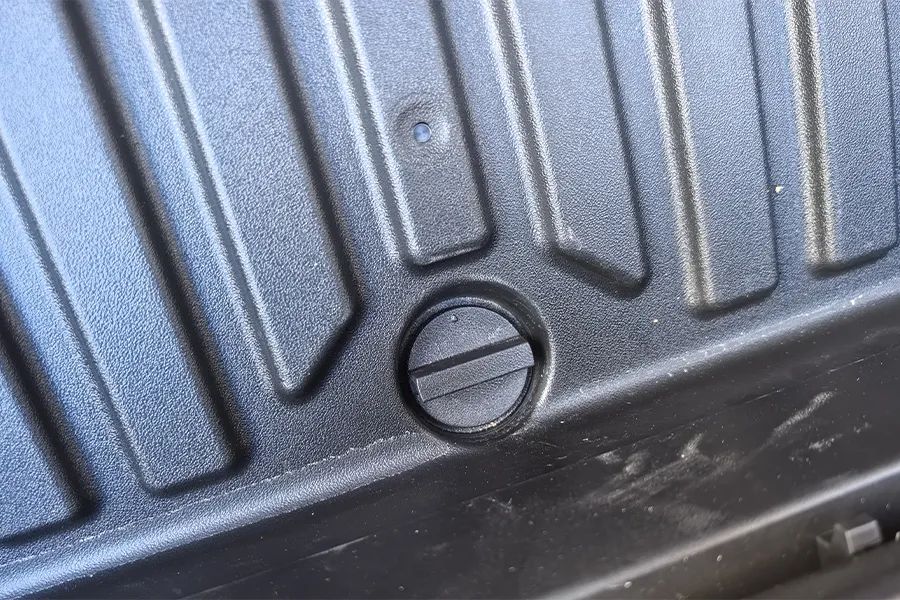
The 2025 Model Y feels more like a mid-cycle refresh than a full redesign. While upgrades like the rear screen, electric seats, and Autopilot hardware are welcome, Tesla’s minimalist approach risks alienating traditional buyers. The exterior’s resemblance to Chinese EVs and controversial interior controls suggest Tesla is playing catch-up in design innovation.
Yet, the Model Y’s core strengths—spaciousness, tech integration, and EV performance—remain intact. For Tesla loyalists, it’s a solid upgrade. For skeptics, the changes might not justify the price tag.
Stay tuned for our upcoming driving tests and teardown to see how the hardware holds up!
